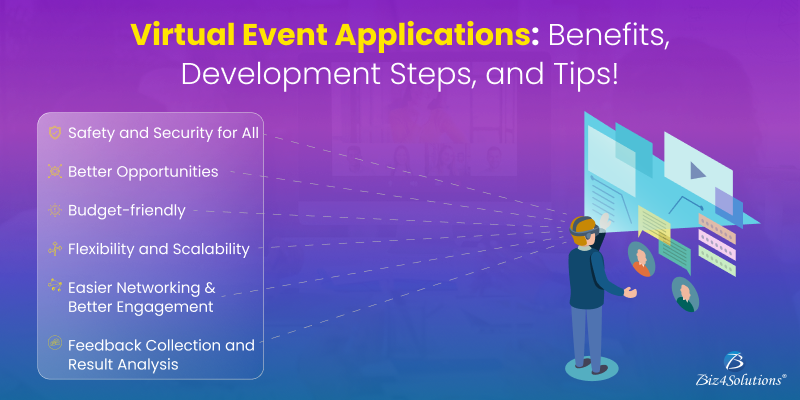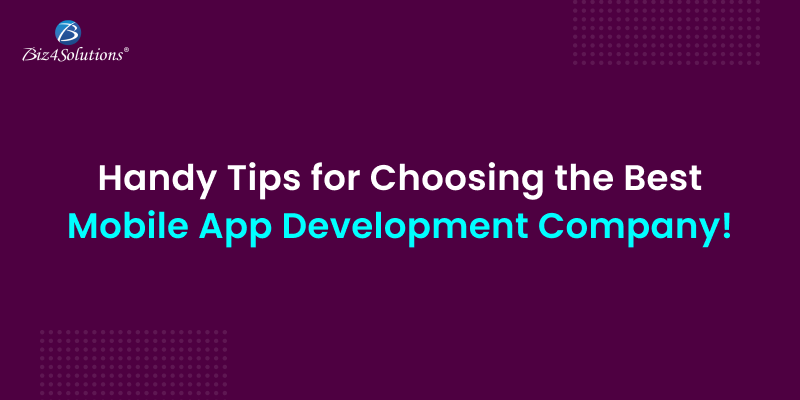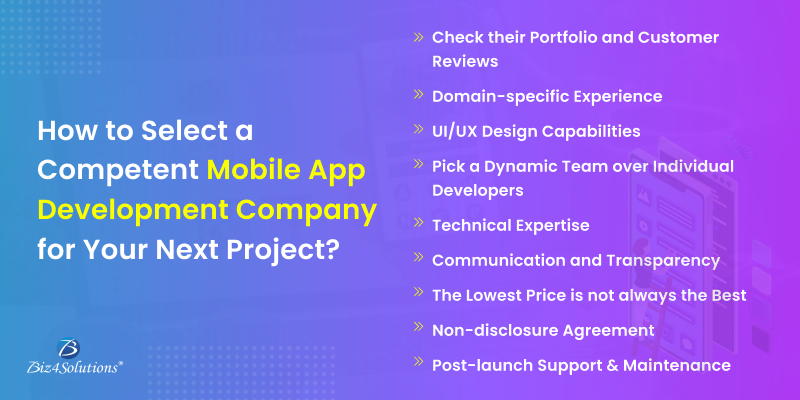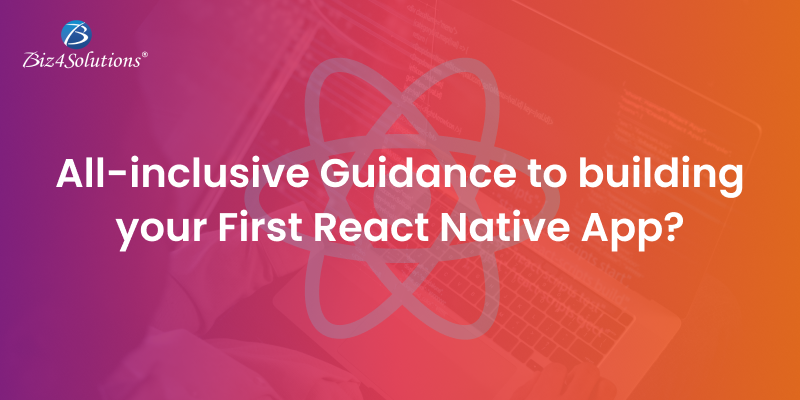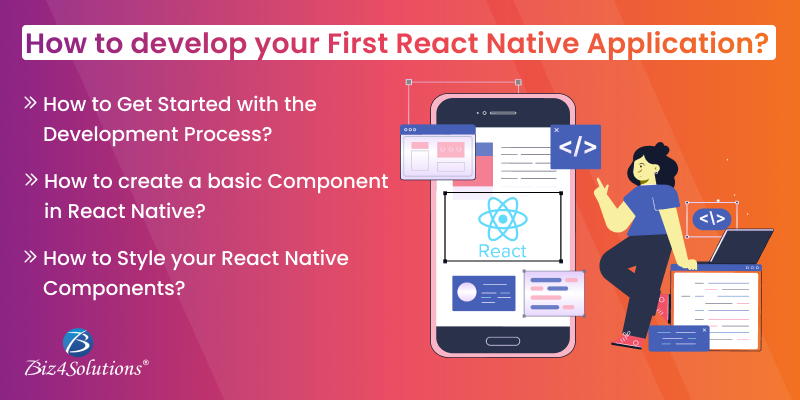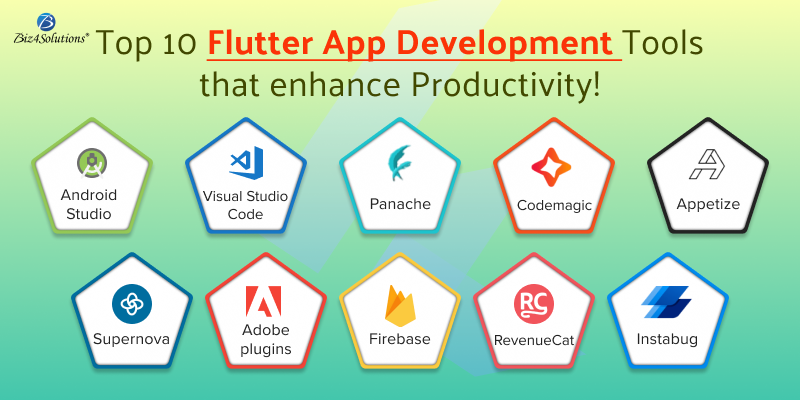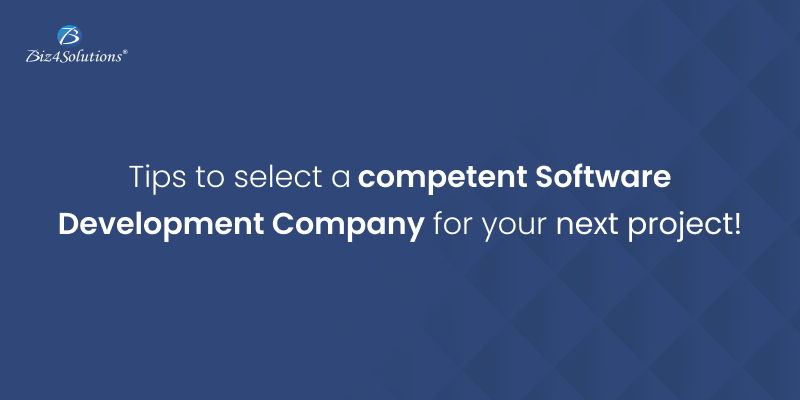
You have made the decision to use customized software. Now, the motivation behind it might be anything, such as smoothing business operations or growing the organization’s scope and size. From managing transactions to database analysis, a software solution does it all. Every business now uses software to gain a competitive edge over other companies. To fulfill the customer’s demands and make tasks convenient for them, business owners are looking to have the best software in their hands.
However, software development is not as simple as it sounds. You have to decide on several important variables before starting the app development process since they might have a big influence on how your product is developed. The most essential aspects are your preference for the development resources that work best for you, app development methodologies, and targeted platforms. Selecting the ideal software development agency is crucial since it determines how successful your software development project will be. There are many firms out there. Finding the best company for you is like finding a needle in the hay. Don’t worry, though; this post discusses the best practices for selecting a software development partner. A quick read will help you choose the company that best suits your project needs.
Tips To Pick A Software Development Company For Your Next Project
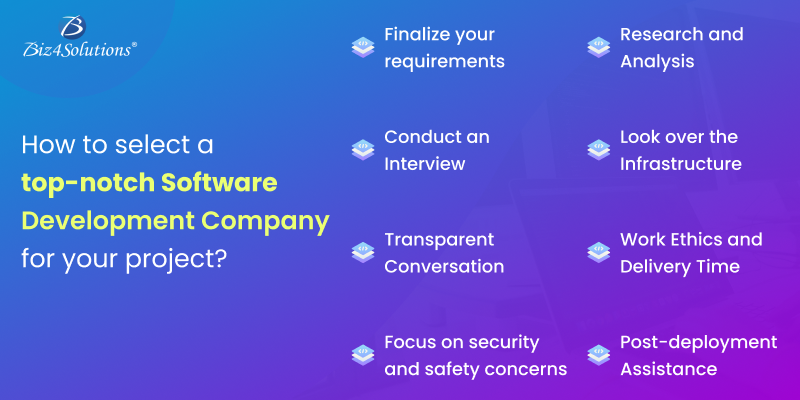
1. Before Searching, Finalize Your Requirements
- Identify the goals.
- Identify the software that you need.
- Figure out the requirement as per the company’s needs.
- What domains will it help?
- Are your needs short-term or long-term?
- What is your economic prospect?
- Which department will benefit from the software?
- Do you just need a website or an application as well?
- Who is the ideal target audience?
- What can users expect from your product?
2. Research And Analysis
3. Conduct An Interview
After shortlisting the candidates, set up a meeting with the shortlisted software development services. It is of the utmost importance to have an open and transparent conversation between the parties. In the meeting, ask whatever questions you have to get clarity on their services. One-on-one conversations will help you analyze the company’s service quality. These are some of the queries and questions that you can ask your potential candidates.
- Can you give any samples of related projects you’ve worked on?
- How do you assure quality in your software development process?
- How do you handle communication as well as project management?
- How familiar are you with the technology we want to use?
- Can you share references from former clients?
- What are your charges and the pricing models you offer?
- How do you handle maintenance and support post-launch?
4. Look Over The Infrastructure
- Hardware and software: To operate software development tools and applications, software development organizations need top-of-the-line computers, servers, and other gear. To create high-quality software, they also require the newest programming languages and software development tools.
- Project management tools: Software development firms need effective project management solutions to oversee projects with ease, allocate work to team members, monitor progress, and interact with clients.
5. Transparent Conversation
- Constructive Criticism: Constructive criticism is essential for the betterment of the company and its success. It helps you analyze the mistakes you made and what the customer wants, which will help you make the essential changes in the services. Constructive criticism is a sort of feedback that provides precise and practical suggestions to help employees succeed. They should be able to handle constructive criticism, and you should too.
6. Work Ethics
- Productivity: Maintaining attention and motivation can help workers be more productive. A strong work ethic can also aid employees. This can assist software development enterprises in completing tasks on schedule and within budget, which can boost client satisfaction and encourage referrals.
- Quality: A company’s work ethic might influence the software they develop. Employees who are dedicated to creating high-quality software and who have a strong work ethic increase the likelihood that the business will offer goods that meet or exceed consumer expectations.
7. Keep Delivery Time In Mind
- Meeting deadlines: For your business operations to run successfully, meeting project deadlines is essential. Your firm might suffer serious setbacks as a result of delivery delays, including lost opportunities, lost income, and reputational harm.
- Budget: Your project’s overall cost may rise as a result of delivery delays, including additional development costs and missed income possibilities. You may save money by hiring a development agency that can deliver your project on time and within budget.
- Time-to-market: Getting your product to market quickly might be the key to remaining one step ahead of the competition in the fast-paced business world of today. You may get a competitive edge by working with a software development firm that can produce a high-quality solution quickly.
- Customer satisfaction: Your consumers’ satisfaction with your goods and services can be enhanced by working with a software development agency that can provide a high-quality product on schedule. Customers that are happy with your services are more likely to stick around and refer your product to others.
8. Focus On Concerns About Security And Safety
- Confidentiality: Confidentiality is an essential aspect of maintaining customer trust. Development companies often handle sensitive user data, such as personal information, payment details, and login credentials. Confidentiality is essential to protect this data from unauthorized access and prevent data breaches. A software development agency that is transparent about its data protection policies and takes measures to keep data confidential can build and maintain customer trust.
- Non-disclosure agreement: A non-disclosure agreement (NDA) is a contract that specifies the conditions of secrecy for any sensitive information disclosed between a client and a software development business. It helps prevent data breaches by outlining the terms of confidentiality and the consequences of unauthorized disclosure.

